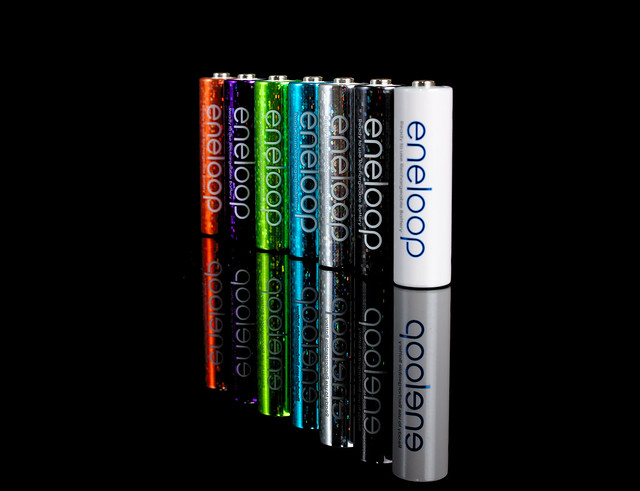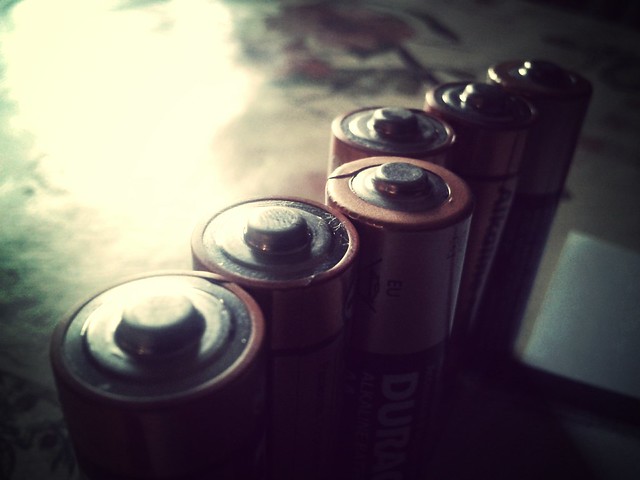History of the Lithium Ion Battery-History, Development and Future
Dec 18, 2019 Pageview:2154
Lithium-ion batteries are known across the globe as the most powerful battery chemistry today. But what many do not know is that these batteries have come a long way to be what they are today. What is more, there is still so much room for improvement. Scientists all over the globe are still working to make the batteries perform better while guaranteeing safety.
The Nobel Prize organization officials recently acknowledged that, because of its lightweight and power, Li-ion battery is now a part of every house. The battery has unbeatable capacity, making them ideal for running energy storage system for solar and wind power. As such, the world is moving towards a fossil-fuel-free society.
When was the lithium ion battery invented?
In 1970s, a huge oil crisis hit the whole world. This disaster inspired an idea in Stanly Whittingham, an English chemist, to come up with a lasting solution. At the time, he was working for Exxon mobile, which further encouraged him with an idea of a battery that could have self-recharge ability. He thought of such a battery that could eliminate human dependence on fossil-fuel.
The first attempt to develop these batteries began in 1970. Scientists were trying to find a battery that would power everything. This invention ran concurrent with the invention of portable electronics, electric vehicles and mobile phones.
A few weeks ago, three genius minds, John B. Goodenough, M. Stanley Whittingham and Akira Yoshino were awarded with the Nobel Prize in chemistry. This gesture was an appreciation for the contribution in developing the Li-ion battery.
Where does lithium come from for batteries?
Lithium comes from two major sources; mines and brine water. Among the two, the latter process about 87% of world’s lithium making it the primary source.
Lithium from brine water
There are several brine water sources from which lithium is extracted. Among them are briny lakes or salars which contain the highest amount of the metal. They are located in Bolivia, Argentina and Chile.
From salar, the lithium is recovered as lithium carbonate. This happens to be the raw material used in lithium ion batteries.
The process of producing this material is pretty simple. All that it requires is natural evaporation, just like in extracting sea salt. The process leaves behind lithium and other metals including magnesium, calcium, sodium and potassium.
Ocean water has the lowest concentration of lithium. It is estimated to only have around 0.17 parts per million. For the case of sea water however, 20% if its lithium can be easily recovered by use of membranes, filters and ion-exchange resins.
Brine Mining
This is a much lengthy process that takes from eight months to three years to complete. There are ongoing researches from different scientists to come up with a technology that can extract lithium and other metals from brine water. They are focusing on the use of geothermal power plans. If this succeeds, geothermal brine could make the collection of lithium faster than even evaporation.
Oilfield brine
Oil field brine is the briny water which bubbles up whenever there is a drilling process for oil. This lithium is collected and used in industries.
More traditional mines
13% of lithium in the world comes from traditional mines. Hard rock (pegmatites) has even higher lithium content than brine. But the process is very quite costly.
What are the development and future of lithium ion battery?
Wittingham started his project by first using titanium disulfide and lithium metal. They were combined to create electrodes. However, there were so many issues with them. For instance, they came with grave safety concerns. At one point, the batteries short-circuited, bursting into flames. Stanly had to halt the experiment and perhaps go back to the drawing board.
Since it was an idea that was already in motion, many other scientists were interested in seeing it through. John B. Goodenough was one of such minds. He had another idea all together and wanted to try, with different materials.
In 1980 Goodenough brought in lithium cobalt as the cathode and dropped titanium disulfide. At this moment, the results were encouraging, producing a safer battery with double energy.
Wittingham’s idea had received a boost that could change the future of batteries. Even so, it was not even close to perfection and many things could still go wrong. Chances of short-circuiting has been reduced while it ability to hold power has increased. But still, there was something that could be done to bring out the real power of lithium ion batteries.
At the moment, Akira Yoshino from Meijo University in Nagoya, Japan, joined the cause to improve on what the other two had started. He made an important swap that laid the foundation for the lithium ion batteries we seeing today.
Yoshino did not use lithium metal as anode because of its high reactive nature. Instead, he introduced carbonaceous metal, and petroleum coke into the situation. These two elements open doors to revolutionary finding. Now the batteries were not only safer, but had a more stable performance as well.
And with that, the world received the first prototype of lithium ion battery. Today, we can enjoy using the batteries because better minds have worked to make things even better.
The first commercial production of lithium ion batteries was in early 1990s. Early lithium ion batteries had lithium moving reversibly between the cathode and the anode. It was called the rocking chair which was taken by Lazzari and Serosati. Other developments came up, with Goodenough laboratories for instance introducing lithiated transition metal oxide.
The modern market lithium is not as easy as this. There are many additional markets for both big and small devices. Better features have been added to improve performance and safety. For instance, these batteries now use LiCoO2 as the cathode.
With the emergence of e-bikes and EVs, the demand for more powerful batteries keeps increasing. Lithium-ion batteries have taken the lead, and we are yet to see better improvements.
Conclusion
Lithium ion batteries are the most used batteries in the world. There is no denying, the future is still open for this chemistry as scientist continue working on improving it. Since, they are looking for batteries with better features; we cannot say for sure where the future of lithium ion batteries lies. But we know for sure better things are coming.
- Prev Article: Good Quality 18650 Battery-Brands and Quality
- Next Article: 18650 Battery Poles Quest
Leave Message
Hottest Categories
-
Hottest Industry News
-
Latest Industry News












